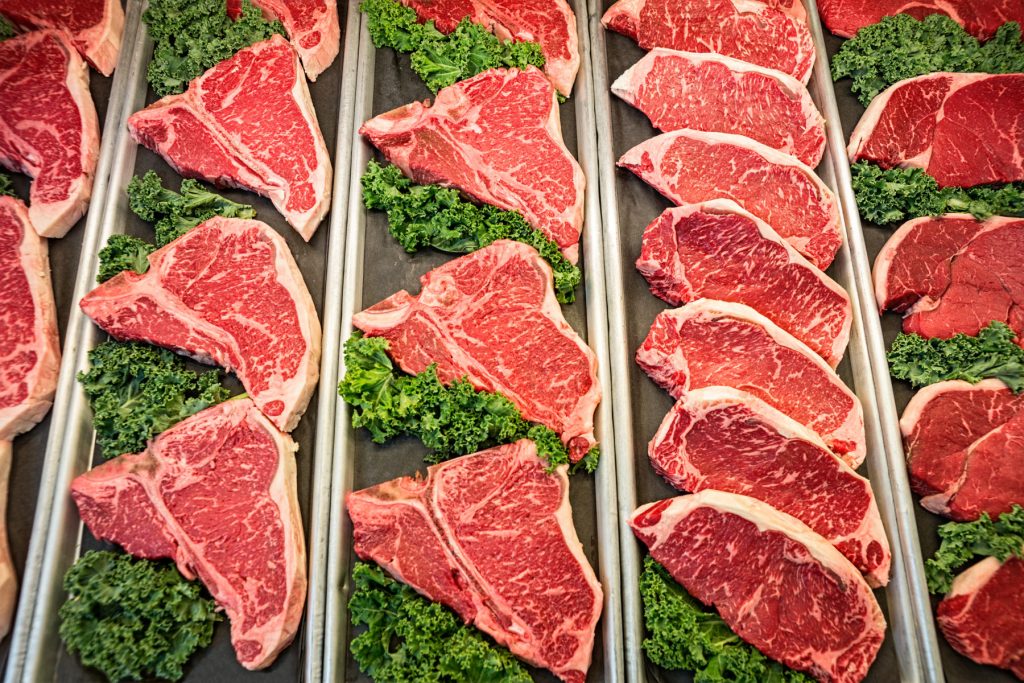
Senior Farm and Ranch Broadcaster, Ron Hays, is visiting with Kevin Good and Randy Blach from CattleFax about a beef market outlook for 2023.
The 2023 Cattle Industry Convention coverage is being powered by Performance Ranch, a part of Zoetis, and by Farm Data Services located in Stillwater, Oklahoma.

“First of all, supply will be substantially tighter as we move forward not only in 2023, but over the next three to four years,” said Kevin Good, CattleFax vice president of industry relations. “After four years of massive liquidation, we are finally just getting into the tighter supplies this year. Last year, we still had record beef supplies because we were liquidating so many cows and with the drought, we were pulling a lot of feeder cattle and calf supplies forward, so we dug into the pile deep enough that now you are starting 2023 with about a half a million less on feed, about three quarters a million less of them outside of feedlots to place.”
CattleFax is projecting close to a five percent drop in beef production in 2023, which Good said will translate to improve leverage for the cattle producer over wholesale and the packer will have better leverage with the tighter supplies over the retailer.
“Some of the record dollars that we see at retail will continue to start trickling back down to the cattle producer,” Good said.
In summary, Good said tighter supplies will lead to higher prices.
Average prices for 2023 for fat and slaughter cattle are estimated at $1.58 per pound on average, up $14 cwt. Yearlings are projected to be at $2.00 per pound and calves are projected to be at $2.25 per pound on average.
According to Randy Blach, CEO of CattleFax, those higher prices are mainly due to the drought.
“It is because of the magnitude of the drought, numbers tightened up even faster than what we had anticipated, so the cowherd is back to the previous cycle lows already,” Blach said. “We thought that would take another two years, so the market is going to find itself very short on supply in the next 24 months.”
Consumers have been handling those higher beef prices well, Blach said, as they still find beef to be a preferred product.
“I think what we will see is, we are going to have less production and we will, as a result of less production, the market will have to ration that smaller supply with somewhat higher prices,” Blach said. “Retail prices have actually had some of that anticipated and built in, so we are not expecting a significant change for what the consumer will pay for our product in 2023, but we will start to see wholesale prices move higher again as we move into the spring and again into the fall.”
Blach said consumers should expect to see strong spreads or premiums associated with prime and choice cuts and Certified Angus Beef because the market is demanding that high quality product.
“Beef today would make up about 28 percent of the protein consumption of beef, pork and poultry,” Blach said. “So, 28 percent of the total yet when you look at the dollars spent, the increase in spending in the last 20 years, beef has had over 50 percent of the total spending increase, which is just a reflection that it is separating itself from the other proteins. It is the go-to protein.”
The Beef Buzz is a regular feature heard on radio stations around the region on the Radio Oklahoma Ag Network and is a regular audio feature found on this website as well. Click on the LISTEN BAR for today’s show and check out our archives for older Beef Buzz shows covering the gamut of the beef cattle industry today.















